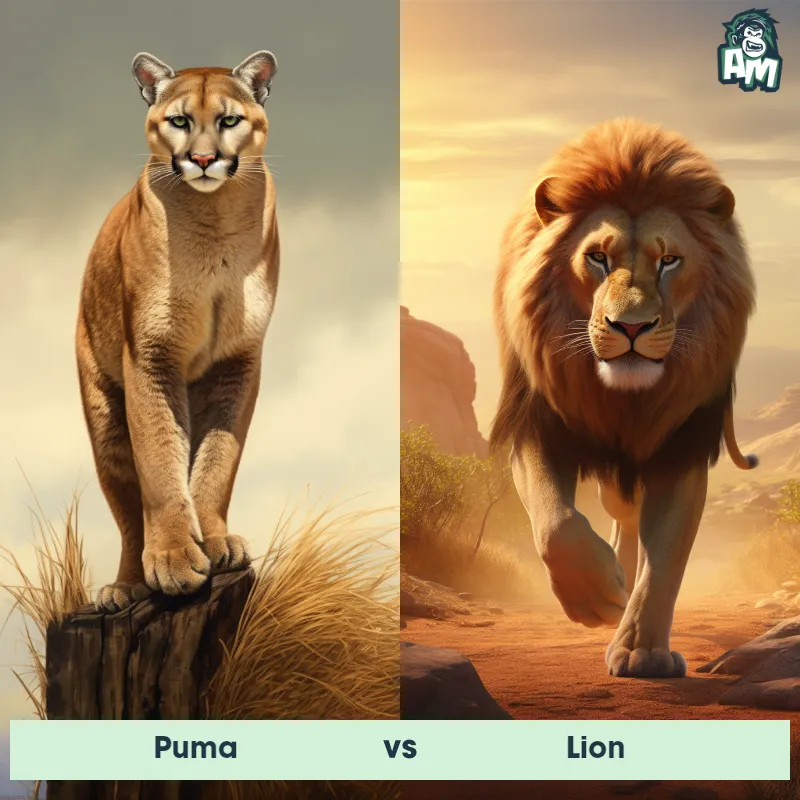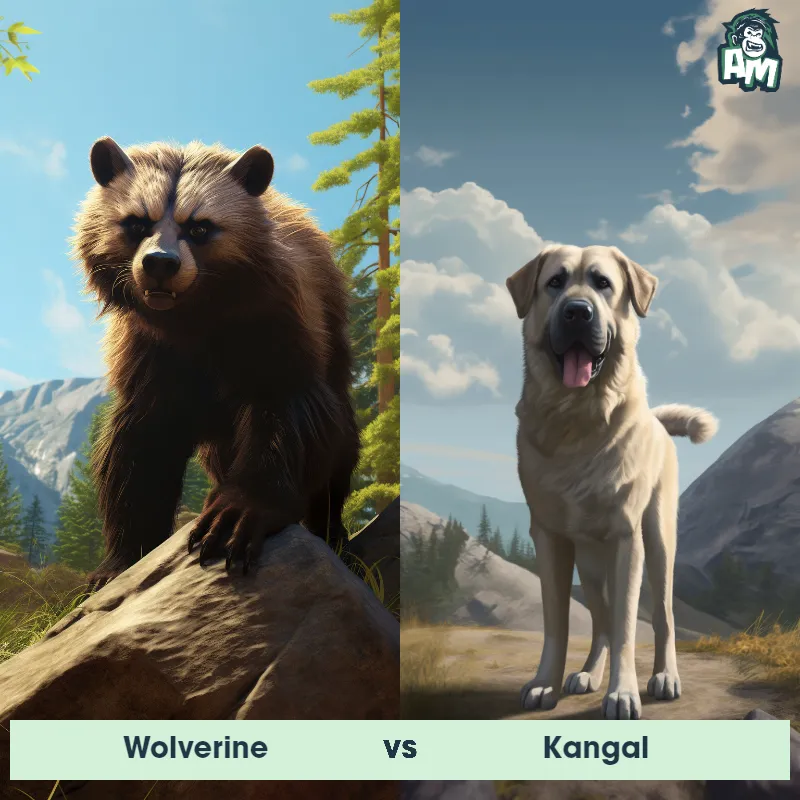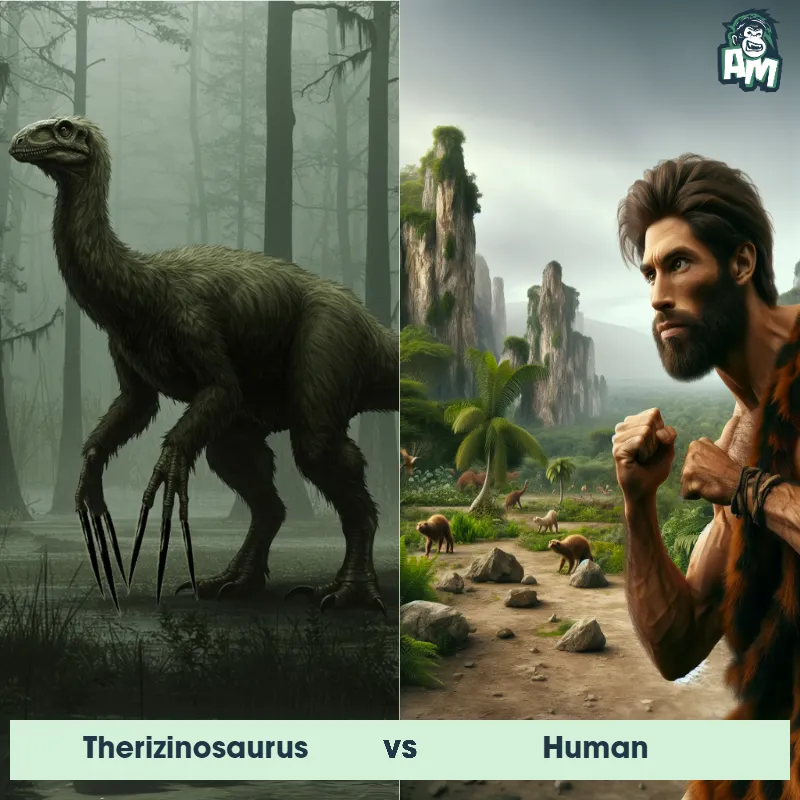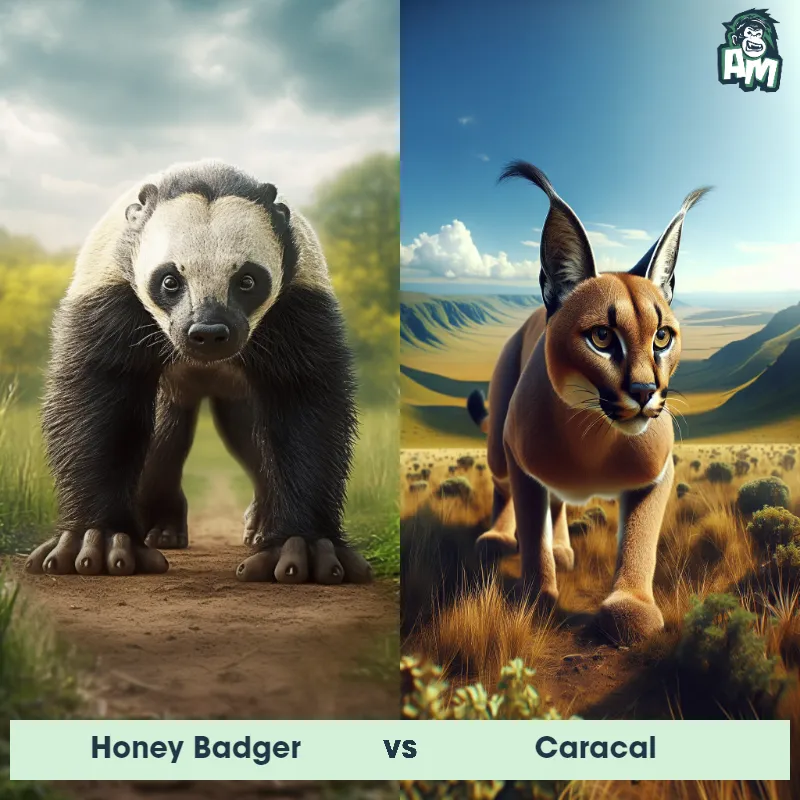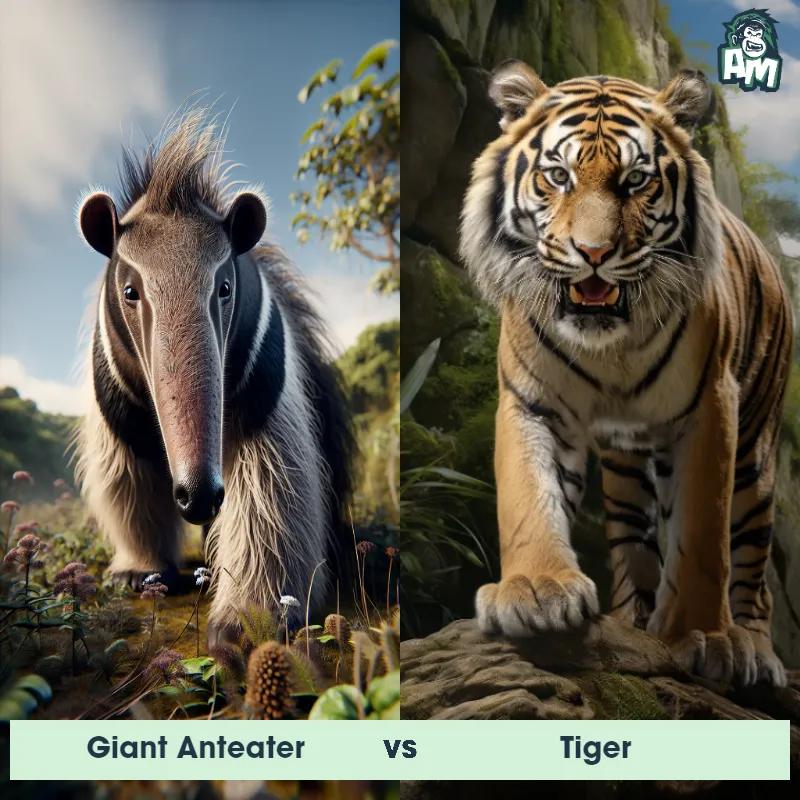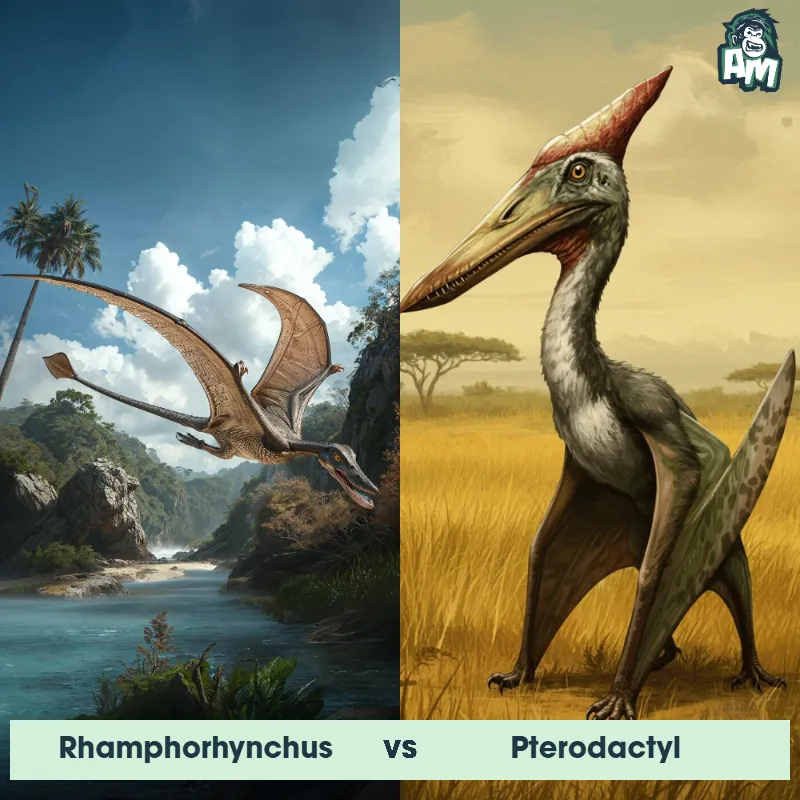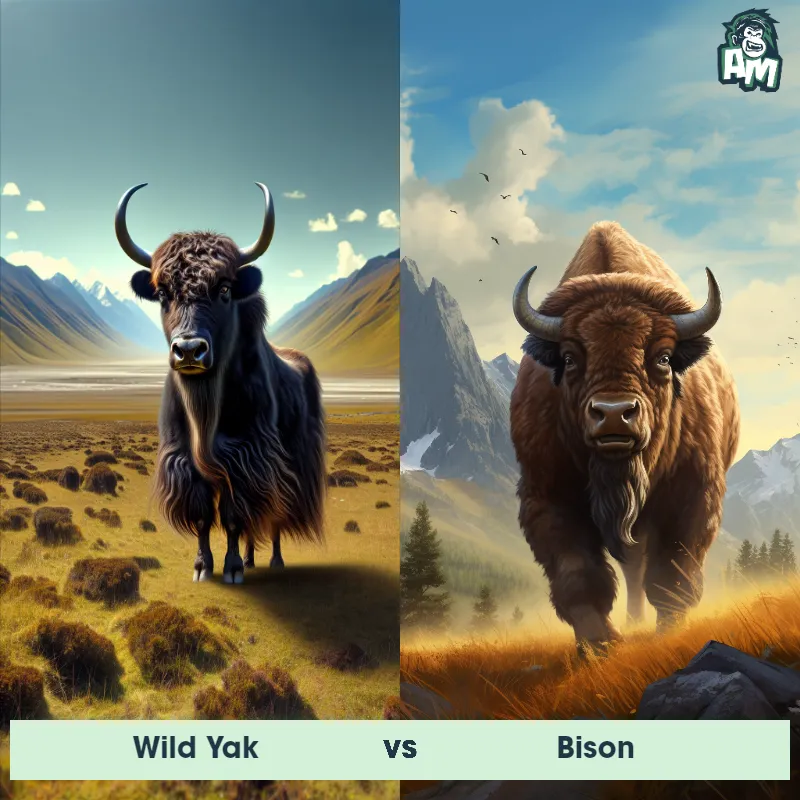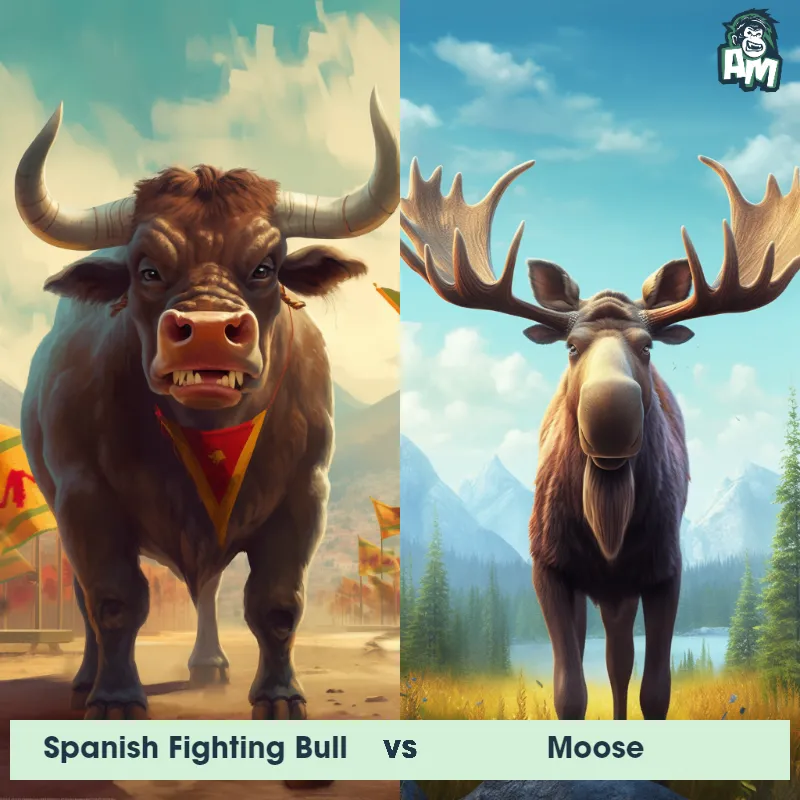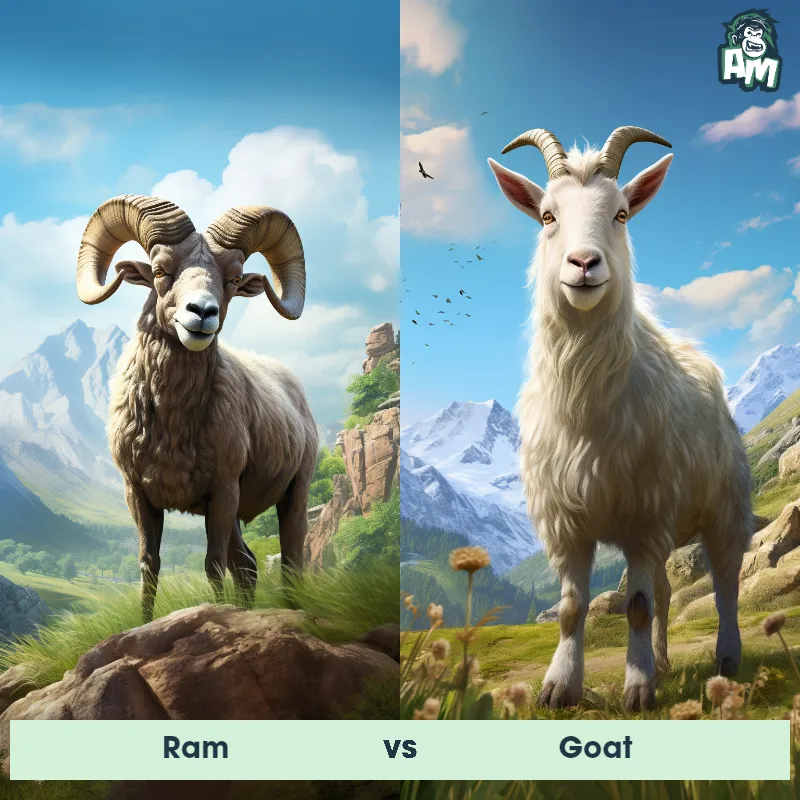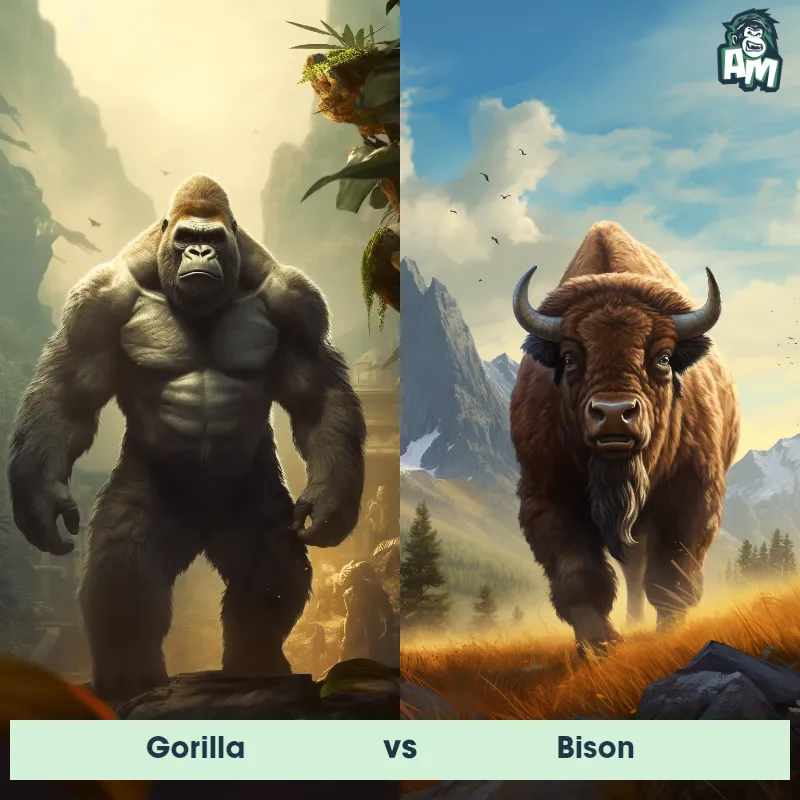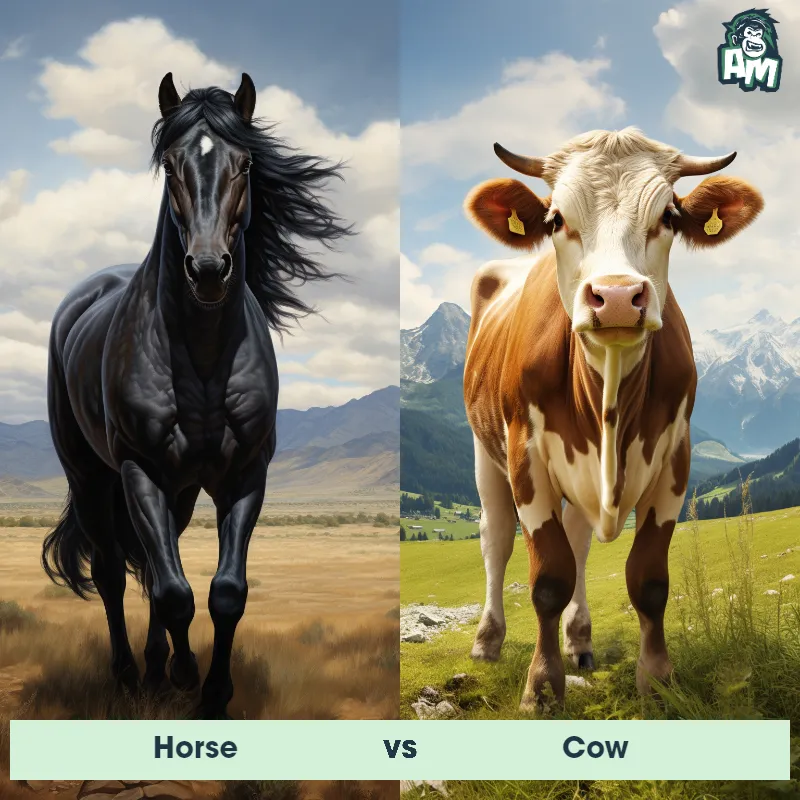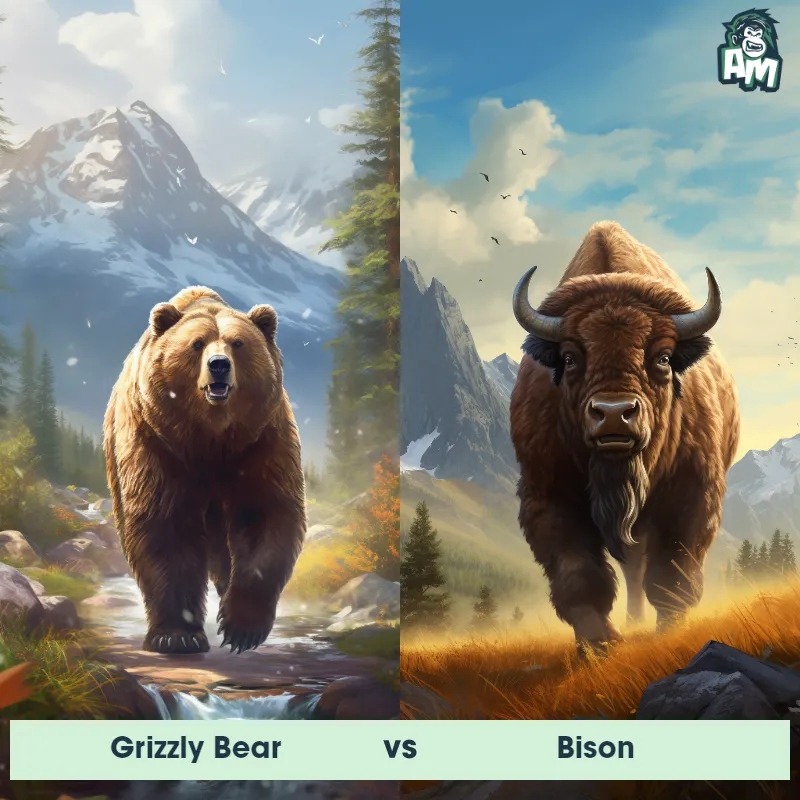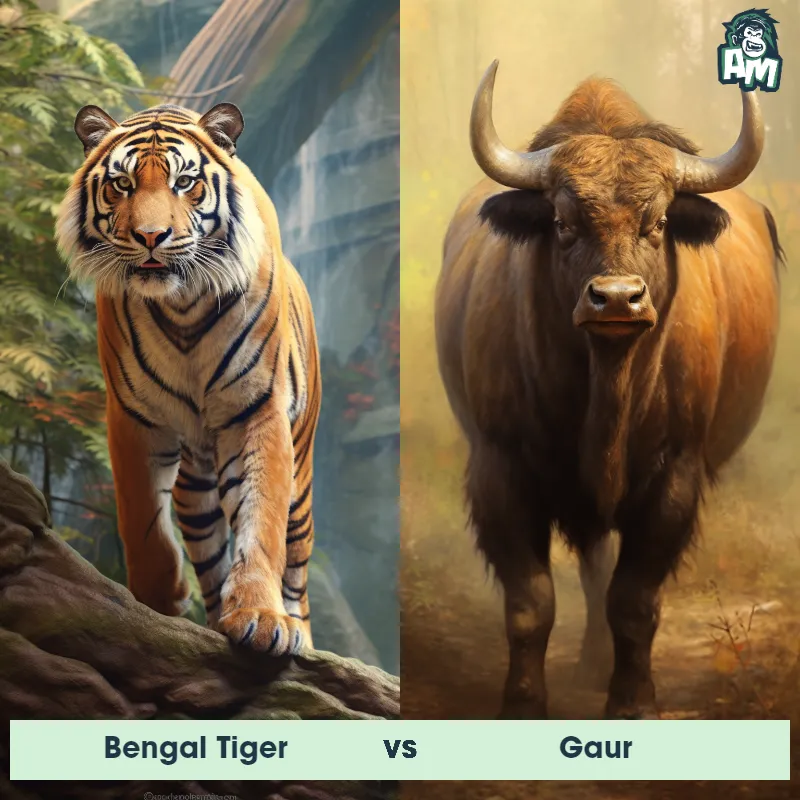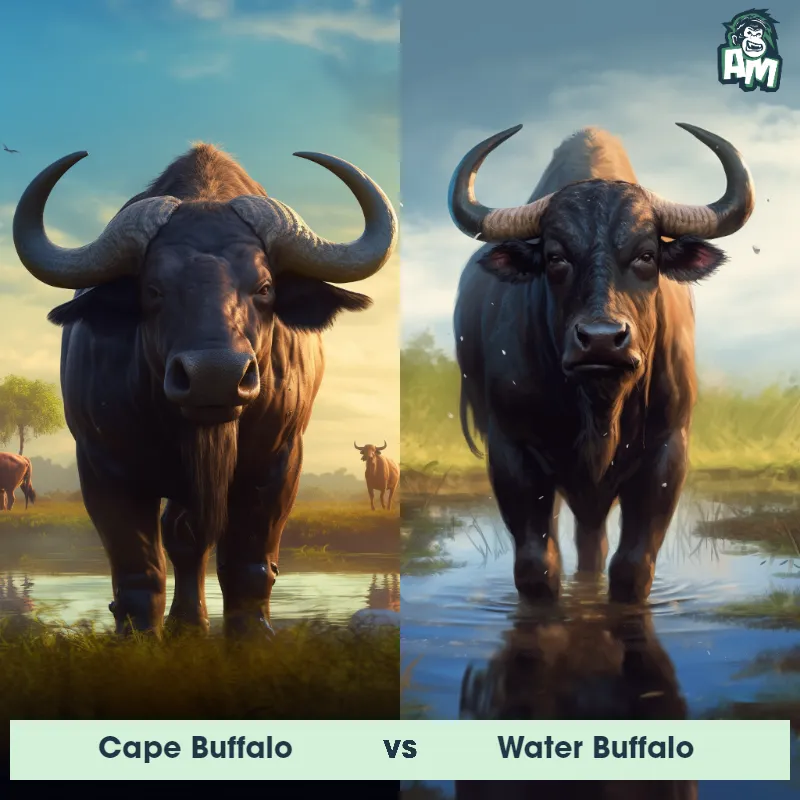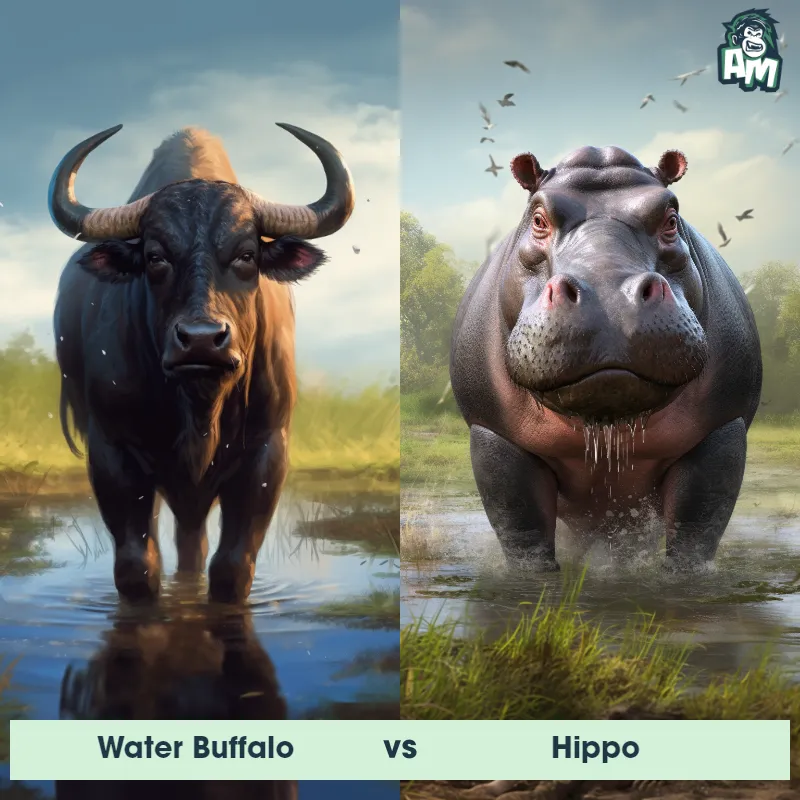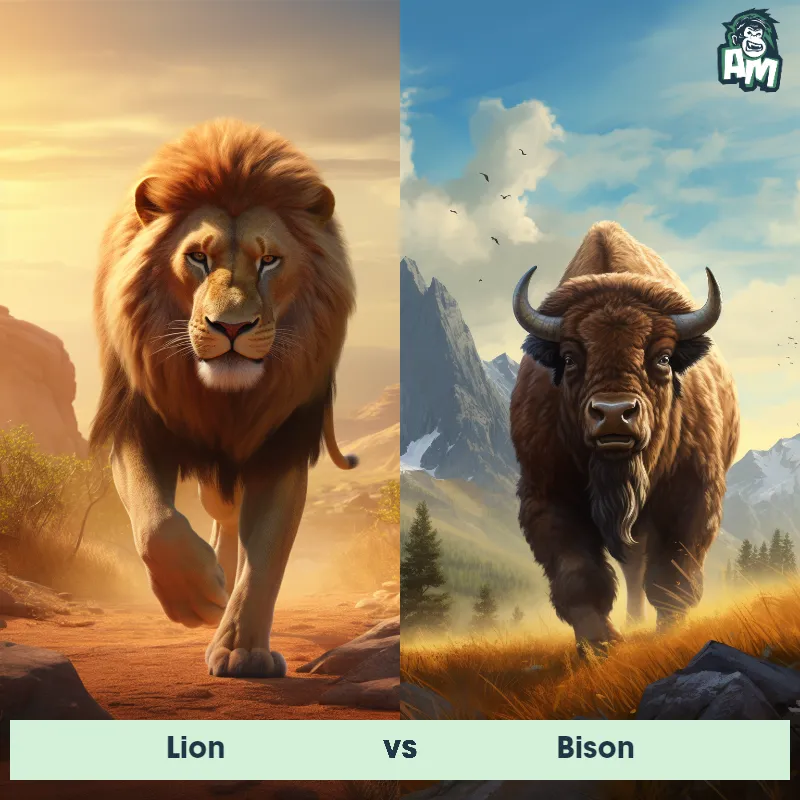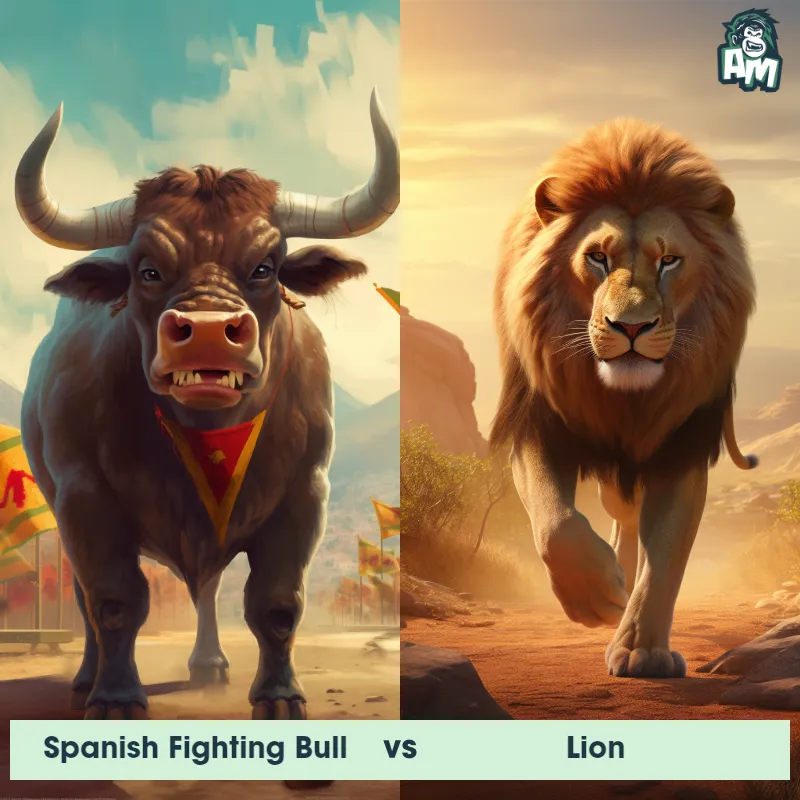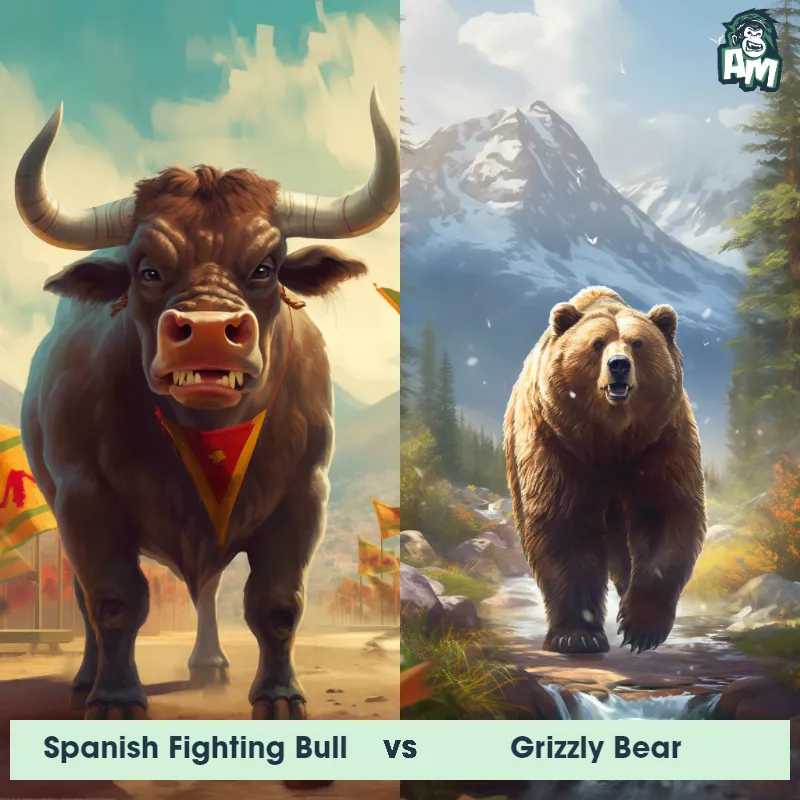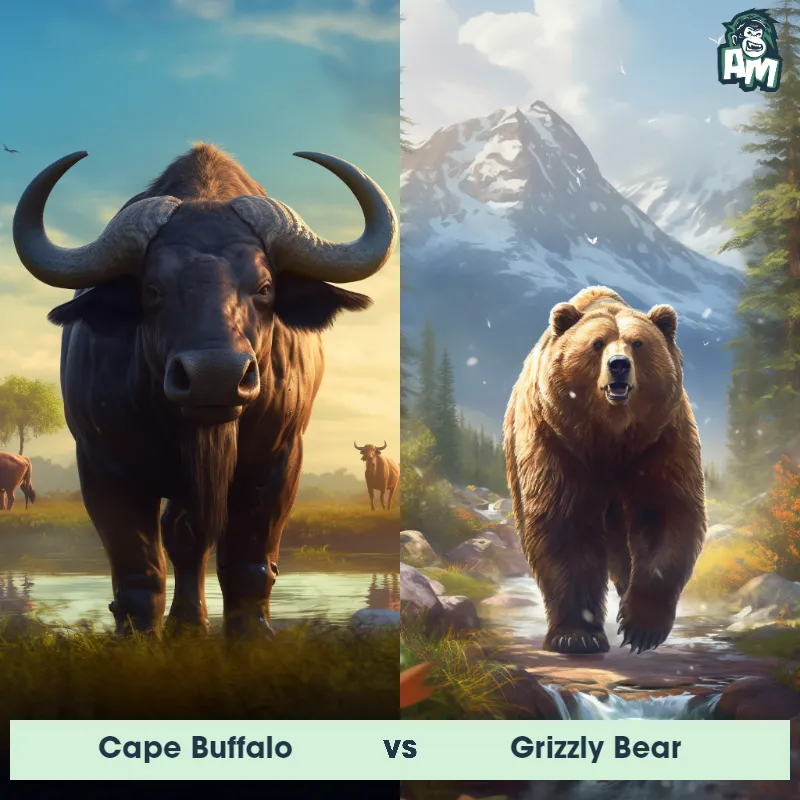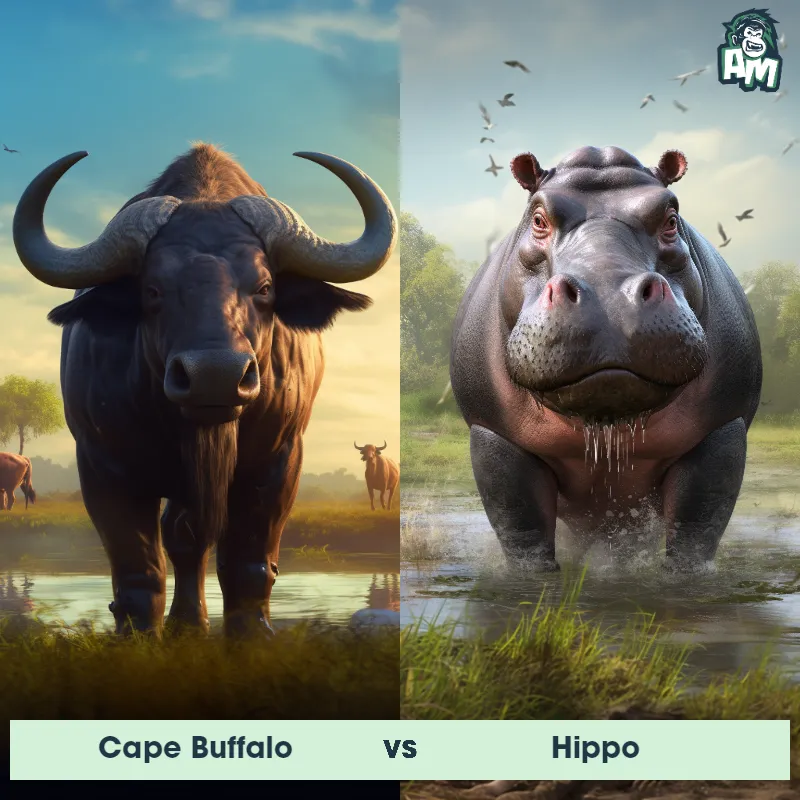Bison vs CowSee Who Wins

Good evening, ladies and gentlemen! We're about to witness an epic confrontation between two imposing land mammals - the mighty Bison, known for its brute strength and endurance, squaring off against the common Cow, a symbol of calmness but not to be underestimated for its sheer size and unpredictability. This unique clash of personalities guarantees only one thing - an action-packed contest. Strap in, everyone, the stage is set, the rivals are champing at the bit, as we begin!
Contender 1: Bison
The bison, also known as the American buffalo, is a massive, hump-shouldered beast known for its iconic place in the history and folklore of the American West. They are covered in a shaggy, dark brown winter coat, and have a lighter-weight, lighter brown summer coat. With their massive size, adult males can weigh up to 2,000 pounds, and both males and females have short, curved horns, which they use in fighting for status within the herd and for defense.
Fun Fact: Despite their massive size and seemingly lumbering movements, bison are remarkably agile and quick, capable of running up to 35 miles per hour and jumping high fences.
Contender 2: Cow
The Cow is a large domesticated mammal revered for its role in agriculture and sustenance. Characterized by their large bodies, wide snouts, and droopy ears, cows have a variety of breeds that differ in size, color, and purpose. Most cows have a distinctive hump over their shoulders and a long tail with a tuft at the end. They are ruminants with a complex digestive system that allows them to convert grasses, which humans cannot digest, into nutritious milk and meat.
Fun Fact: Cows have an excellent sense of smell and can detect odors up to six miles away, a vital adaptation for locating food and water.
Matchup Stats
| Bison | Cow | |
|---|---|---|
| Size | 5-6.5 feet tall at the shoulder (1.5-2 meters) | 4.9 feet at shoulder height (1.5 meters) |
| Weight | Up to 2,000 pounds (907 kilograms) | 1,600 pounds (725 kilograms) |
| Speed | 37mph (60km/h) | 25 mph (40 km/h) |
| Key Strength | Powerful size, speed, and horns | Size and Weight |
| Biggest Weakness | Limited agility due to size | Slow Speed |
Current Votes
Bison vs Cow
See Who Wins
View More Matches
Looking For More?
Similar Matches
Scientific Stats
| Bison | Cow | |
|---|---|---|
| Scientific Name | Bison bison | Bos taurus |
| Family | Bovidae | Bovidae |
| Habitat | Grasslands, prairies, and forests | Grasslands, Pastures |
| Geography | North America | Worldwide |
| Diet | Herbivore, primarily grasses and sedges | Herbivore (Grasses, Hay) |
| Lifespan | 12 years - 20 years | 15 years - 25 years |
Key Differences between Bison and Cow
- Hump: Bison possess a prominent hump on their shoulders, which cows lack. This hump is formed by muscles supporting their massive heads and is absent in cows.
- Facial features: Bison have a broad, square-shaped muzzle, while cows have a narrower, more pointed muzzle. Additionally, bison often have a beard-like tuft of hair on their chin, which cows do not have.
- Tail: Bison have a tufted tail that hangs down and reaches their hocks, while cows have a longer, thin tail that typically hangs straight down.
- Horns: Bison have large, curved horns that grow outward and slightly upward from the sides of their heads, while cows usually have smaller, curved horns that grow outward and slightly downward.
- Size: Bison are generally larger and heavier than cows, with adult males weighing up to 2,000 pounds, while cows typically weigh around 1,000 pounds.
- Body shape: Bison have a more robust and muscular build compared to cows. Their bodies are stockier, with a deeper chest and a shorter, thicker neck.





